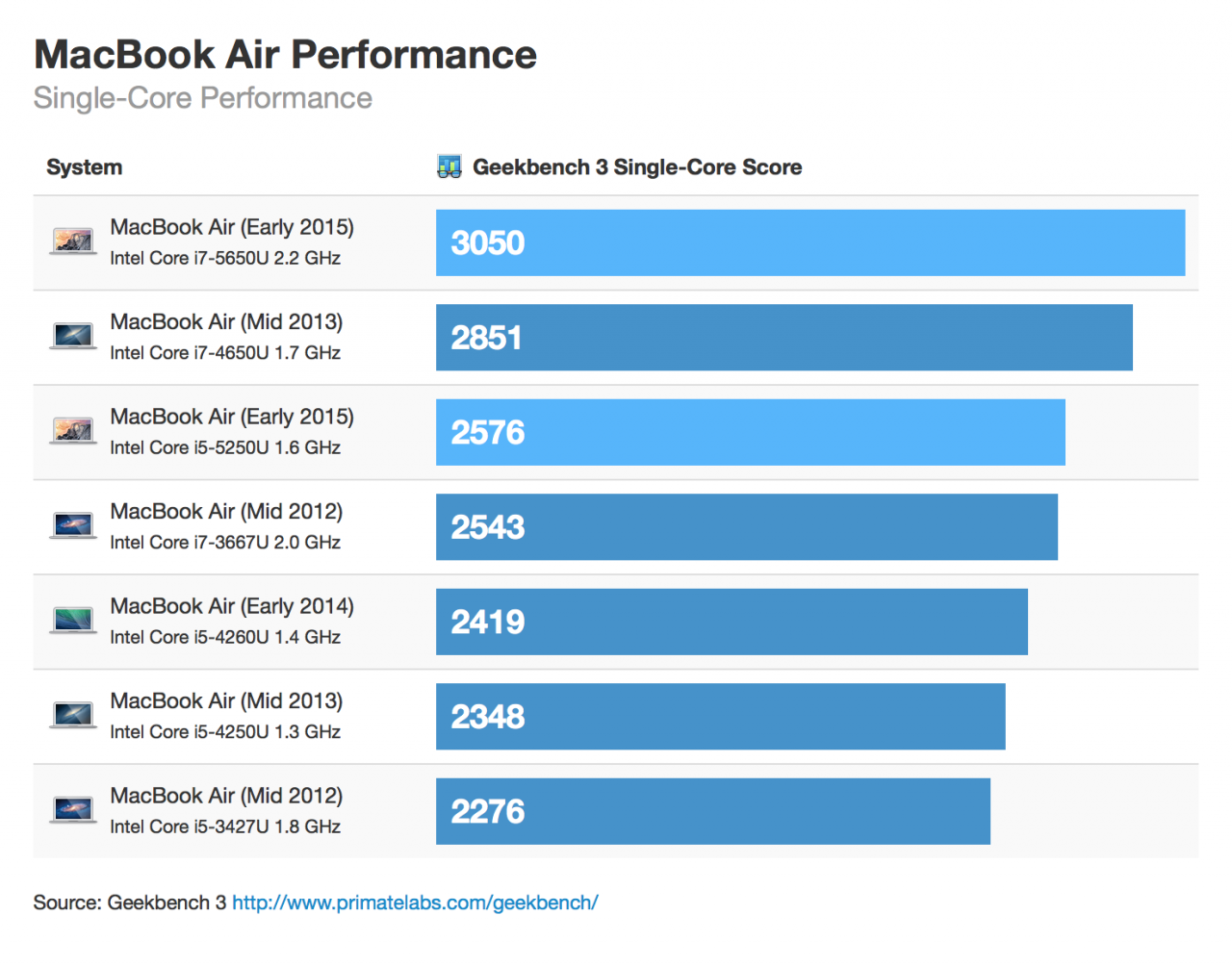When you’re about to decide which Mac to purchase with six Macs to select from, each with different characteristics and specs, it can get a little tricky. Would you rather get an iMac, a Mac mini or a Mac Pro? Would you be better off with a Retina MacBook Pro or a MacBook Air? discover the top Mac notebook or the top Mac computer, in our Mac buyers guide. Apple makes six different types of Mac, and within every one of these groups there are subtypes and variants in features and the specs.
There is such a wide variety of terms used to refer to the central processing unit (CPU) in the present crop of Macs that attempting to learn which is best for you is sufficient to make your head spin. So which processor should you select? And does it certainly matter? And they do much more in relation to the CPUs of old; those ran instructions on them, chose input signals and passed the output signal to the memory. Now’s chips are minicomputers, including multiple cores, or CPUs, alongside short-term memory, or cache, and even images chips, on one processor.
We have examined nearly every Mac available now and before, in order to consistently draw comparisons with this remarkable year and last year’s versions - particularly useful if you’re thinking about purchasing an older Mac from Apple’s refurbished shop, from eBay, or from a buddy. From time to time, we’ll refer to some other tests we’ve performed in our laboratories along with our Speedmark evaluations. These evaluation results should provide you some notion of just how much power you’re getting, whether the Mac you’re contemplating is with the capacity of doing what you’re expecting to do, and how this Mac compares to a different Apple computer. We intend to assist you to choose which Mac is best for your requirements, so keep reading to learn which Mac to purchase.
Heat and battery life
Fairly simply, the more heat it’ll give off all other things being equal, the quicker a central processing unit runs and the more energy it is going to suck from a notebook battery. Making chips more efficient and reducing that power consumption is at the core of most of the progress chip designers like Intel have made lately. Consequently, the more recent the chip in a Mac, the more efficient it is inclined to be. The Core M, as it is called, is the first Intel notebook processor that does not want a fan. It is power efficiency is what weighs just 900grams enabled Apple to establish a laptop that is nearly ridiculously thin, and though clocks up 9 hours of battery life while running at a speed that is fair.
CPU Chips
The names Skylake, Broadwell, Haswell and Ivy Bridge are Intel code names for its chip designs. Ivy Bridge is the earliest and is used just in the Mac Pro. Haswell was a major redesign of the Ivy Bridge structure and features on most present Macs. And Broadwell is a comparatively small upgrade to Haswell. It is used in the 2015 13in MacBook Pro, the 2015 MacBook Airs, as well as the new MacBook. Skylake is expected for launch later this year. There are just two components where another can enhance over: the variety of instructions it can run in a particular period of time, as well as the quantity of electricity it uses up doing thus. While the former is critical for some programs, like encoding 4K video, rendering animation and complex 3D models, and some math and scientific programs, for the majority of us it is the latter which should be of most concern. The amount of instructions a chip can run in a particular time period is dependent on several variables, including the amount of CPUs, the clock-speed of these CPUs as well as the existence and size of onboard cache. Equally, one with two cores will not run more instructions than a processor with four cores since it can run twice as many instructions concurrently. Therefore, a 2GHz quad-core processor should be ‘quicker’ than a 3GHz dual core version. Hyperthreading is not the only awesome trick the present crop of Intel chips can pull. The easiest solution is as a way of overclocking the cores on a chip.

The Mac Pro uses the workstation version, Xeon while the remainder of the variety of Apple uses the cellular or desktop versions of Intel’s chip design. So what is the difference? Thus, the Xeon E5 is available with up to 12 cores, as opposed to the four accessible in the Core i5 in the iMac. The Xeon E5 additionally supports more rapid DDR3 RAM in relation to Core i7 and the Core i5, plus it’s considerably more L3 cache, meaning it requires to resort to using your Mac’s main memory frequently. Intel’s Core i5 used extensively through the Mac variety, as well as the Core i7, used in MacBook Pro in the 15, are both multicore families of chips.
The Core i5 will be dual core although Intel does make quad core i5s, and i7 desktop computer chips are quad core, or occasionally six-core. That is one crucial difference between Core i7 and Core i5. A characteristic of the Core i7 show, hyper-threading, enables the chip to deal with as many ‘flaws’ as it’s cores, into believing it’s twice as many cores by dumping applications. So a quad core processor with hyper threading ought to have the ability to run four times as several sets of instructions in a particular period of time as a dual-core processor with the same clock speed but without hyperthreading.



